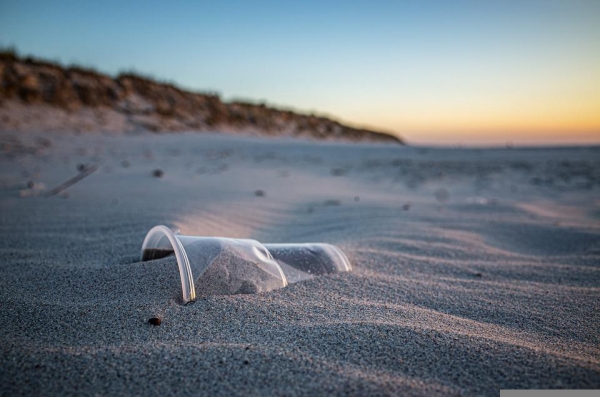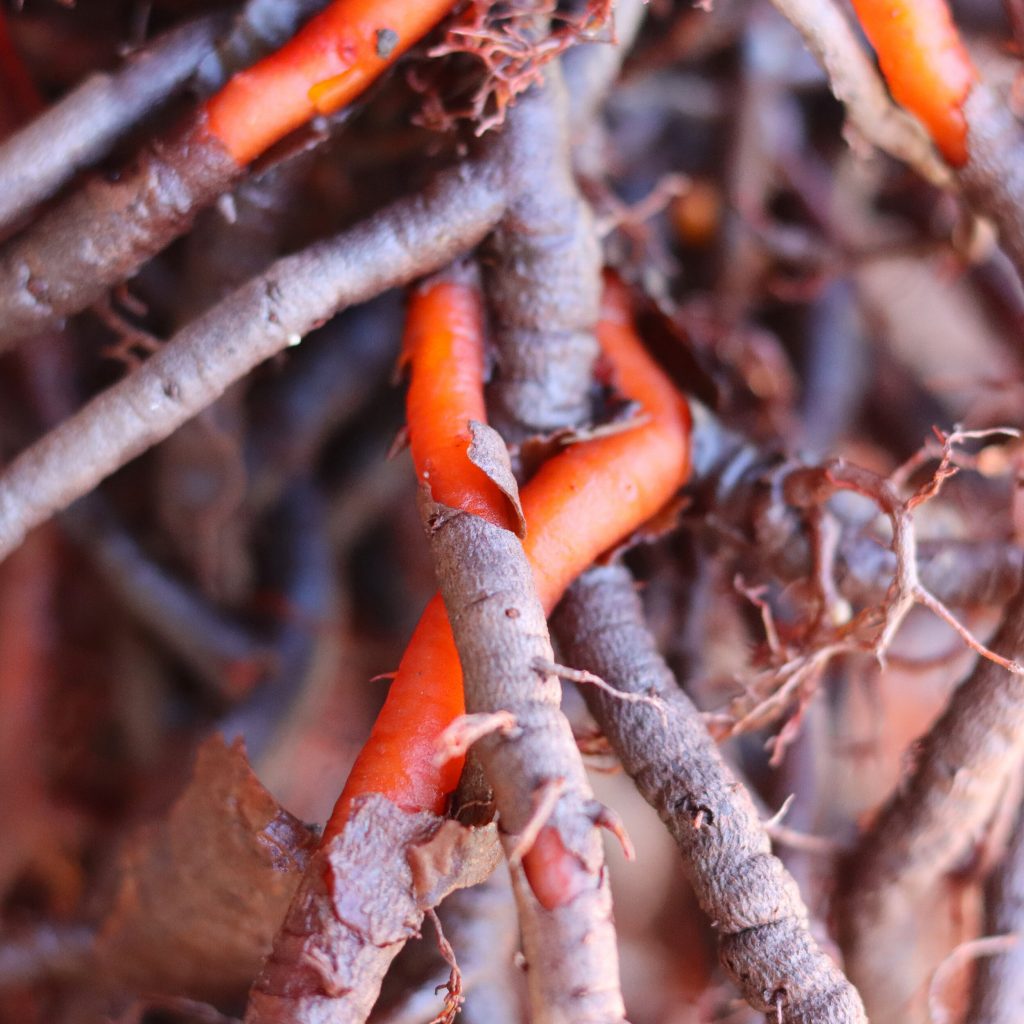

Before we talk more about batteries, let’s first talk about what purpurin is! Purpurin is a nontoxic dye that is generally used to color fabric in vivid oranges, reds, and pinks. Surprisingly, Purpurin can be used to create eco-friendly, sustainable lithium-ion batteries!
In 2012, scientists first learned and discovered that purpurin could make eco-friendly batteries. They published their findings in the journal Scientific Reports. This dye is found in the roots of a climbing herb called the madder plant. The first ever madder roots were boiled more than 3500 years ago to extract purpurin. But nobody knew that purpurin could be used to store energy!
Most lithium-ion batteries need many chemicals even to work. These batteries require a chemical called cobalt. 30% of the world’s cobalt produced is used in battery technology and battery production/manufacturing. Cobalt is extremely expensive to mine and mining also causes an environmental impact! Battery manufacturing also pumps a lot of CO2 into the air.
Purpurin has many electron molecular rings that could pass electrons in the battery easily. It is also simple to use purpurin to create electrodes. Growing these madder plants with the purpurin would soak up carbon dioxide and wouldn’t generate the global warming gas.
Compared to the normal Lithium-Ion Battery, the batteries made with purpurin perform very similarly! One of the weaknesses of making purpurin batteries is that the electrolyte inside of a lithium-ion battery could break down purpurin. Scientists and researchers are still confident that they could find an eco-friendly electrolyte so it wouldn’t break down the purpurin!
This is an amazing discovery! Let’s hope that soon scientists would find a way to replace Cobalt with Purpurin and come up with Eco-Friendly batteries to make our earth a better place to live for our future generations to come.
Author: Sri Nihal Tammana
PC: grandprismaticseed website


© copyright 2022 by Recycle My Battery